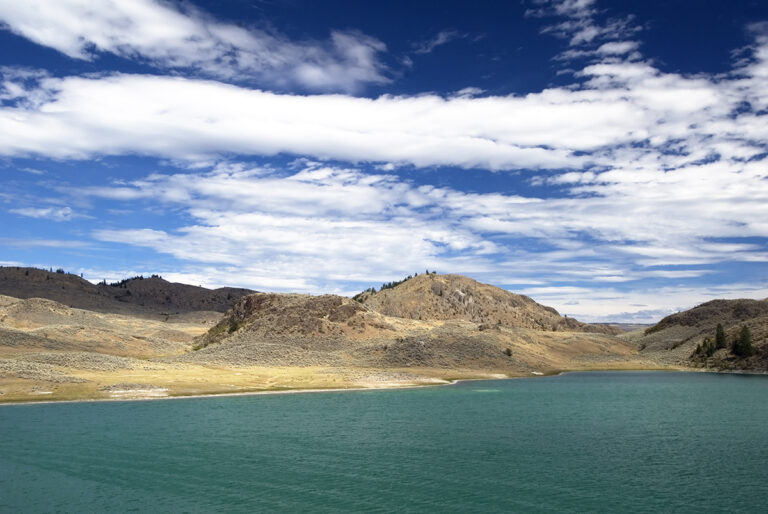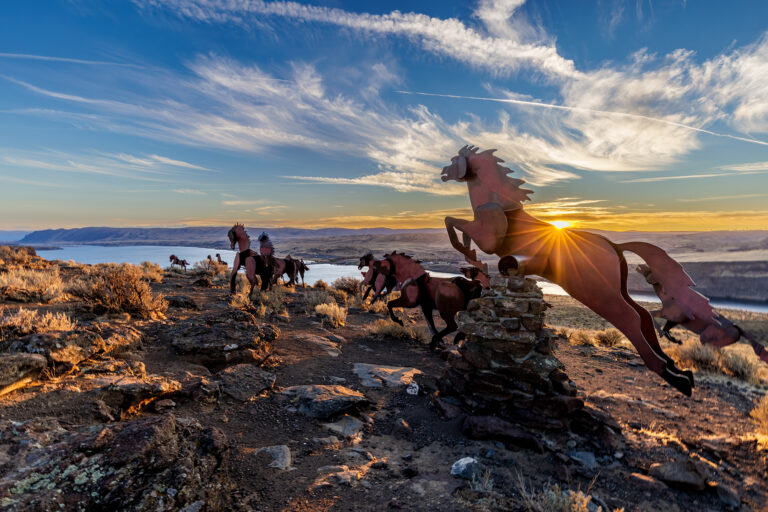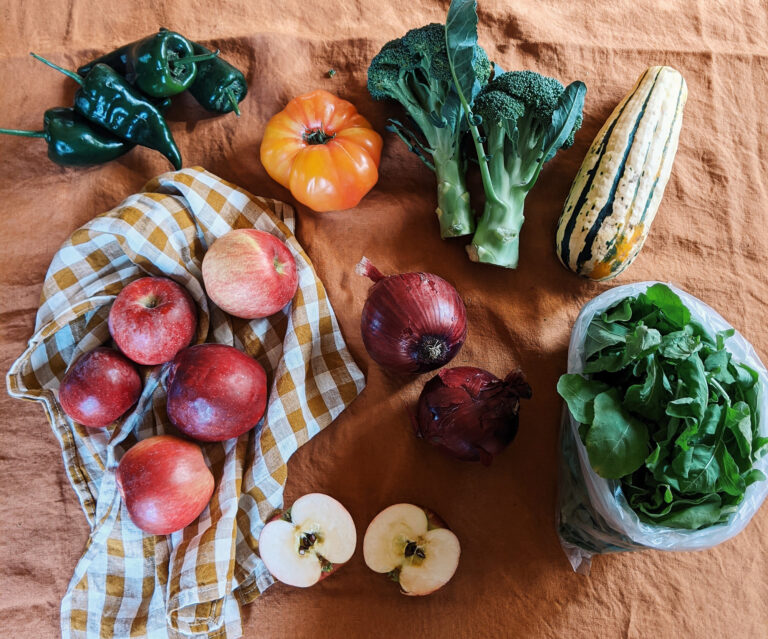No one knows for certain how many local female climbers have climbed 5.12 or higher in the past twenty years, but one thing is certain. Right now, Spokane is home to twice as many super strong and talented female climbers than at any time in the past two decades. Admittedly, rock climbing continues to be primarily fueled by guys; however, the current wave of strong women at local cliffs is downright impressive. In many cases, these women are succeeding at national climbing events and pushing past their male counterparts. Best of all, these female climbers are still improving exponentially.
Unlike running or basketball or nearly every other team sport, men and women don’t necessarily compete separately in outdoor rock climbing. The climbing routes are graded by difficulty, and this genuinely levels the field. Rather than a different tee or smaller ball or some other gender allowance, women have always competed equally on routes alongside men. In other words, a 5.10 route or a 5.11 route is the same degree of difficulty regardless of age or gender or height or anything else.
To be fair, in direct competition, men still dominate. Even around Spokane, at climbing areas like Deep Creek, Big Rock or McClellan, the majority of climbers are male. But four or five years earlier, while there were plenty of female climbers willing to climb the easier routes, there were not many women pushing themselves to try really difficult routes. At any given time, in the past ten years, perhaps only three to five local women could climb 5.12. Right now, there are ten or more that can climb 5.12 or harder.
Just in case the Yosemite Decimal System (YDS) that’s used for climbing grades is unfamiliar, fifth class, or 5.0, is any climb that requires a rope to protect yourself in case of a fall. 5.0 could be equivalent to a ladder on the side of a super tall water tower – not too difficult but possibly scary and a little dangerous. 5.5 is a few degrees tougher. 5.8 is a respectable degree of difficulty. 5.10 is fairly challenging, and it requires a fair amount of practice. 5.11 routes require even more practice and specific training. 5.12 is tough, and this grade suggests dedication, mental awareness, and a fever for rock climbing. The YDS scale is open-ended; however, the hardest confirmed routes to date are 5.15.
“Rock climbing isn’t a fringe sport any more,” says Todd Mires, the general manager at Wild Walls in Spokane. He has watched this trend happen right in front of him at the climbing gym, and he readily admits that ten or twenty years ago it was mostly men at the cliffs trying difficult routes. This is no longer the case. Mires says, “It’s more social, and it’s more acceptable for women to rock climb now.”
Mires cites numerous rock climbing tangents in the local community that have enhanced the local climbing culture. For starters, there’s the local climbing team coached by Joshua Jackman, the new climbing wall at EWU and the upcoming new climbing wall at Whitworth. Gonzaga offers rock climbing classes at Wild Walls. Gonzaga Prep pioneered a climbing team for their students. Mires also notes that there has been a lot of new route development at Big Rock and McClellan.
In addition to changes in the local climbing environment, climbing gear has morphed and changed, and in the past ten years there’s been a steep increase in women-specific climbing equipment, notes Eric Barrett, the senior climbing buyer at Mountain Gear. “Almost twenty years ago, the first women’s specific harnesses and climbing shoes arrived on the scene. But in the past ten years, women’s gear has really grown, and the goods are truly tailored for women.”
In jest, Barrett laughed and talked about the old strategies for making women’s climbing gear: shrink-it and pink-it. In other words, the manufacturers would resize a men’s version, offer it in pink and maybe add some glitter. Thankfully, this mode of product development failed, and ever since then there has been a steady investment in true hardware made for women – including harnesses, shoes, backpacks, sleeping bags, and climbing-specific clothing.
All things considered, the Inland Northwest has always fostered strong female sport climbers. Shortly after Wild Walls opened, several women trained hard and advanced through the climbing grades. Tara Yeck, Shannon Quine, Britt Alsaker, Serra Barron and Melissa Main established themselves as top-notch climbers. Melissa even competed at national and international climbing events. Throughout the 2000’s, several more women entered the scene, including Tana Bachman, Sarah Moeser and Jessy Humann. In the past couple of years, the landscape changed dramatically thanks to the rise of Rachel Patton, Dawn Moss, and the twins – Cierra and Makenna Graham. Like Melissa Main, Cierra has also excelled at national climbing competitions, and she isn’t even in high school yet.
The Graham twins are fraternal, and they belong in their own climbing category. They’ve only been climbing for a few years and competing for two seasons, and they’re already making a huge impression on the indoor climbing community.
The twin’s father, Andy Graham, notes that their climbing focus makes them quite a bit different than most thirteen year old girls. “I think the climbing community is unlike anything else, and unless you’re a part of that, it’s hard for other kids to relate. I think this is why the friendships they have made through climbing are a little unique, and watching them hang out with other like-minded kids in the sport is unlike anything we have ever seen. These friendships will last forever.”
Graham points to the positive impact climbing has had on the twins, such as increased confidence and personnel growth. “Being thirteen is a tough age, and having climbing gives them an outlet to develop their own identity, mentally and physically. Climbing has helped them set personal goals and push themselves to accomplish them without limitations.”
Cierra and Makenna Graham repeatedly do well at indoor climbing comps, and they’re both super ambitious when it comes to the outdoor climbing scene. They’re also part of the tight tribe of female climbers that train together at Wild Walls including Emma Tuck, Grace Ford, Emma Nickoloff, Rylee Engelbrecht, and Emma Linklater. This is the female spark of the next rock climbing forest fire.
All things considered, both men and women are climbing significantly more difficult routes in the Inland Northwest. The trend is difficult to measure because there aren’t any soccer tournaments, AAU basketball camps or Little League results to chart and graph and compare. It’s worth noting that these climbing ambitions don’t lead to college scholarships either. Nevertheless, the local climbers have improved, and the local female climbers have improved dramatically.
Perhaps the least appreciated and most significant female climber in the area is Sarah Moeser. She is shy and quiet, and she dodges praise like a boxer dodges punches, but she is respected among the entire sport climbing community. Some might say she has outgrown the national climbing competition circuit, but she still lands on the podium at all of the local climbing comps. In many ways, she is an average college student with a part time job at Mountain Goat Outfitters, and in other ways, she is crushing all of the hardest climbs that very few men can climb.
Alex Rice competed nationally too, and he climbs with Sarah more than anyone else. He can’t help but laugh when he describes her climbing style. “She is the most tenacious climber around. Her footwork is awesome, and she is so graceful when she climbs. It’s funny because she can be timid on the approach to a climbing cliff, but once she is on the rock, she is all business.”
Later on in our conversation, Rice remarks on her dedication to climbing. “She is downright determined. After she has rehearsed a route several times, she starts to become a machine, and it’s really amazing to watch her. Like when she climbed The Masochist (5.13b), she was committed to going all out. When it comes down to it, she is just so mentally tough. So many people train their muscles, but few climbers are as mentally strong as Sarah is.”
Perhaps the most impressive thing about the local climbing scene in recent years is the growing camaraderie among the climbers, both men and women, young and old, alongside simple and difficult routes. Climbers still discuss grades and accomplishments, but it isn’t like golf handicaps or time trials. They’re more inclusive and much more supportive because when a younger or newer climber can climb a higher grade, they become part of the crew rather than a new competitor. The climbers share beta, and belaying, and keep an eye on one another’s safety.
In particular, local female climbers are stretching their reach and including more friends, and they’re not shy about climbing the toughest routes at the cliff. The amount of stronger women climbing locally has doubled in the past two years, and it hasn’t happened by accident. There’s a growing number of hard climbers that are eager to see the first local 5.14 female climber, and many predict it will happen within the next two or three years. Based on the current growth, it’s quite possible.













